Conserving clean water a priority in Ho Chi Minh City
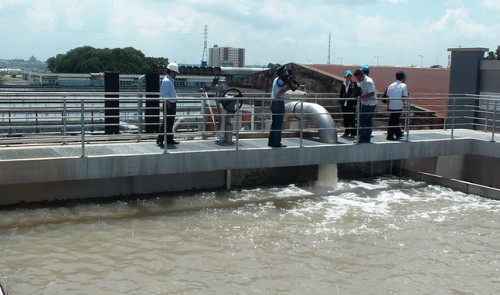
The event, which was centered on protecting water resources during climate change, was intended to contribute to Ho Chi Minh City’s socioeconomic development and was organized by the municipal Department of Natural Resources and Environment.
The water quality at Nha Be Station in Ho Chi Minh City recorded by the Southern Regional Hydrometeorological Center returned an alarming result confirming that the water monitored at the station is salinized and microbiologically contaminated, and of substandard even for household use.
The center said its aquatic monitoring network in Ho Chi Minh City consists of four stations, which collect samples at 7:00 am on the 15thday of each month.
The samples are then tested for a number of indicators such as heavy metal and agrochemical levels before being reported in a water quality document.
The center also noted that the most common issue with rivers in Ho Chi Minh City is a constantly high iron level, which turns the water a yellowish colour, especially during the height of the rainy season.
During the dry season on the other hand, the water suffers from salinization and microbiological contamination.
Measurements at Thu Thiem Station on the Saigon River also indicate insufficient dissolved oxygen levels, organic and microbiological contamination, and salinization during dry seasons.
The figures, however, are not entirely pessimistic, as monitoring results at Lai Thieu Station in Binh Duong Province revealed that water in the Saigon River was of relatively good quality, uncontaminated, and could be used in households once treated.
Similarly, the water of the Dong Nai River at Long Son Station in District 9, Ho Chi Minh City, was also rated as 'fairly good,' and could supply households for normal use.
Indicators measured by the Center for Environmental Monitoring and Analysis of Ho Chi Minh City at locations upstream of the Saigon River also showed that the water quality there was good and suitable for supply.
The conference raised the point that some sections including Trung An and Hoa Phu on the Saigon River, and Hoa An on the Dong Nai River, which were rated satisfactory for use, were of worse quality than others of these rivers, which was attributed to industrial and household wastes.
With such issues in mind, the Southern Regional Hydrometeorological Center urged that measures be taken to closely monitor salinization and iron as well as microbiological levels in the water to come up with timely coping methods.
Ha Minh Chau, deputy chief at the Climate Change Bureau of Ho Chi Minh City, underlined the vital role of water supply in the survival of the city’s population of around ten million, and suggested an evaluation study on the risk of salinization.
Chau asserted that the construction of emergency clean water reservoirs should be considered, alongside planning specific areas that allow the mining of groundwater.
Solutions to the current water problems were also proposed by a research team from the Faculty of Environment and Resources at the Ho Chi Minh City University of Technology and the Ho Chi Minh City Association for Water and Environment.
The research team recommended stricter laws to punish actions that pose harm to the water system, while raising fines and imposing public labor punishment on violators.
The team urged the construction of 12 wastewater treatment plants in Ho Chi Minh City to alleviate the problem.
The Department of Natural Resources and Environment confirmed that many solutions have been implemented already with positive results, such as the control over 3,000 sources of wastewater, while 100 percent of industrial zones in the city have qualified wastewater treatment systems.
The department also announced its plan to move all manufacturing facilities that cause pollution away from residential areas by 2020.
What the stars mean:
★ Poor ★ ★ Promising ★★★ Good ★★★★ Very good ★★★★★ Exceptional
Latest News
More News
- Tan Hiep Phat - three decades of serving society (November 04, 2024 | 17:58)
- Hanoi to restrict polluting vehicles across key districts (November 04, 2024 | 16:29)
- Hoan My Medical Group launches breast cancer screening to support community health (November 02, 2024 | 10:56)
- Vietnamese students explore the future at STEAMese Festival (October 28, 2024 | 16:55)
- Honouring ‘Green Warriors’ on Vietnamese Women’s Day (October 21, 2024 | 15:16)
- Swing for the Kids charity golf tournament kicks off (October 13, 2024 | 09:00)
- Swing for the Kids 2024 tees up opportunities for Vietnam's youth (October 12, 2024 | 10:00)
- HCM City approves 9 billion-USD Can Gio coastal urban development project (October 08, 2024 | 15:56)
- Nha Trang Bay submarine services pilot programme extended to next March (October 08, 2024 | 15:45)
- Swing for the Kids scholarship motivated by beneficiary’s kindness and maturity (October 08, 2024 | 12:35)


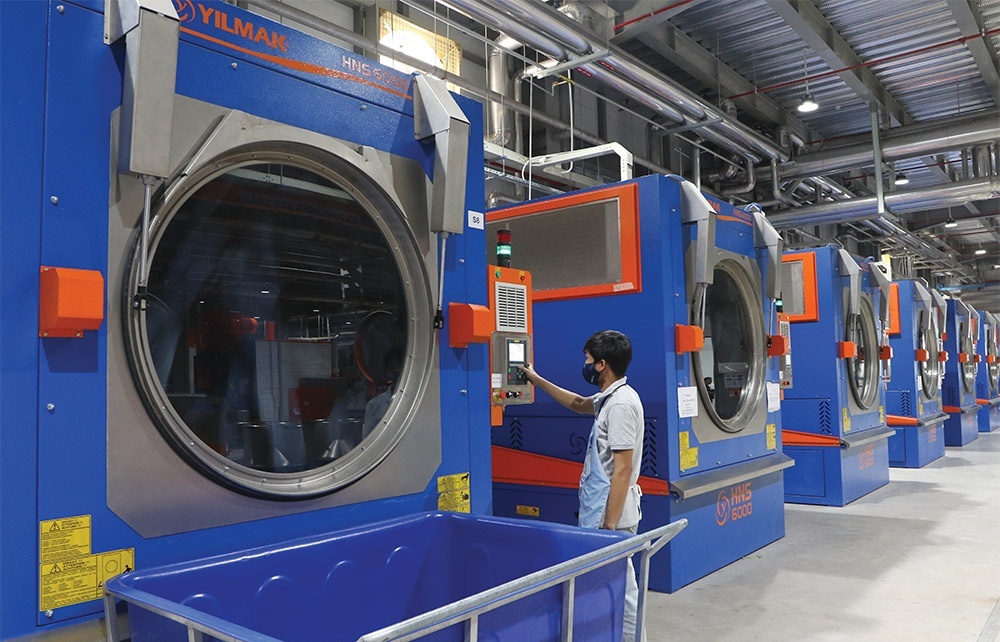
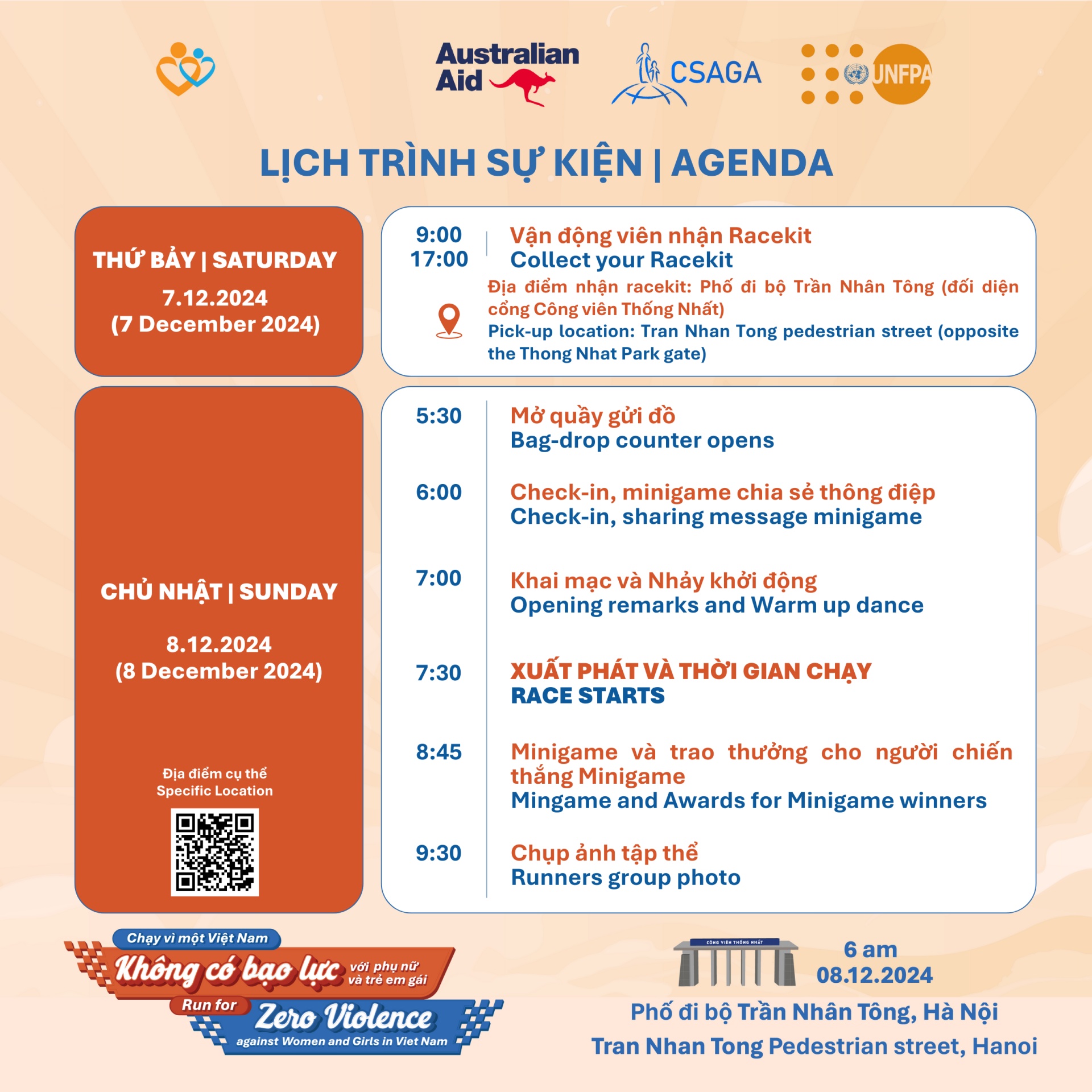
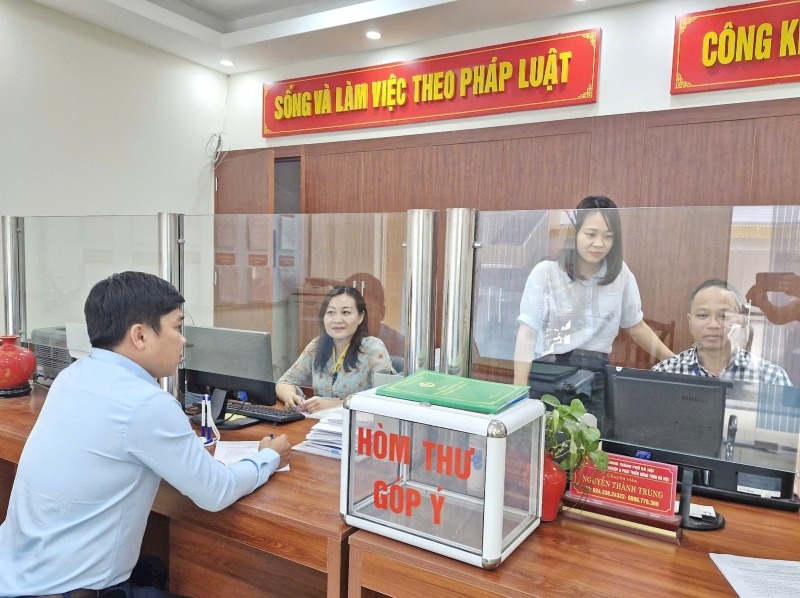


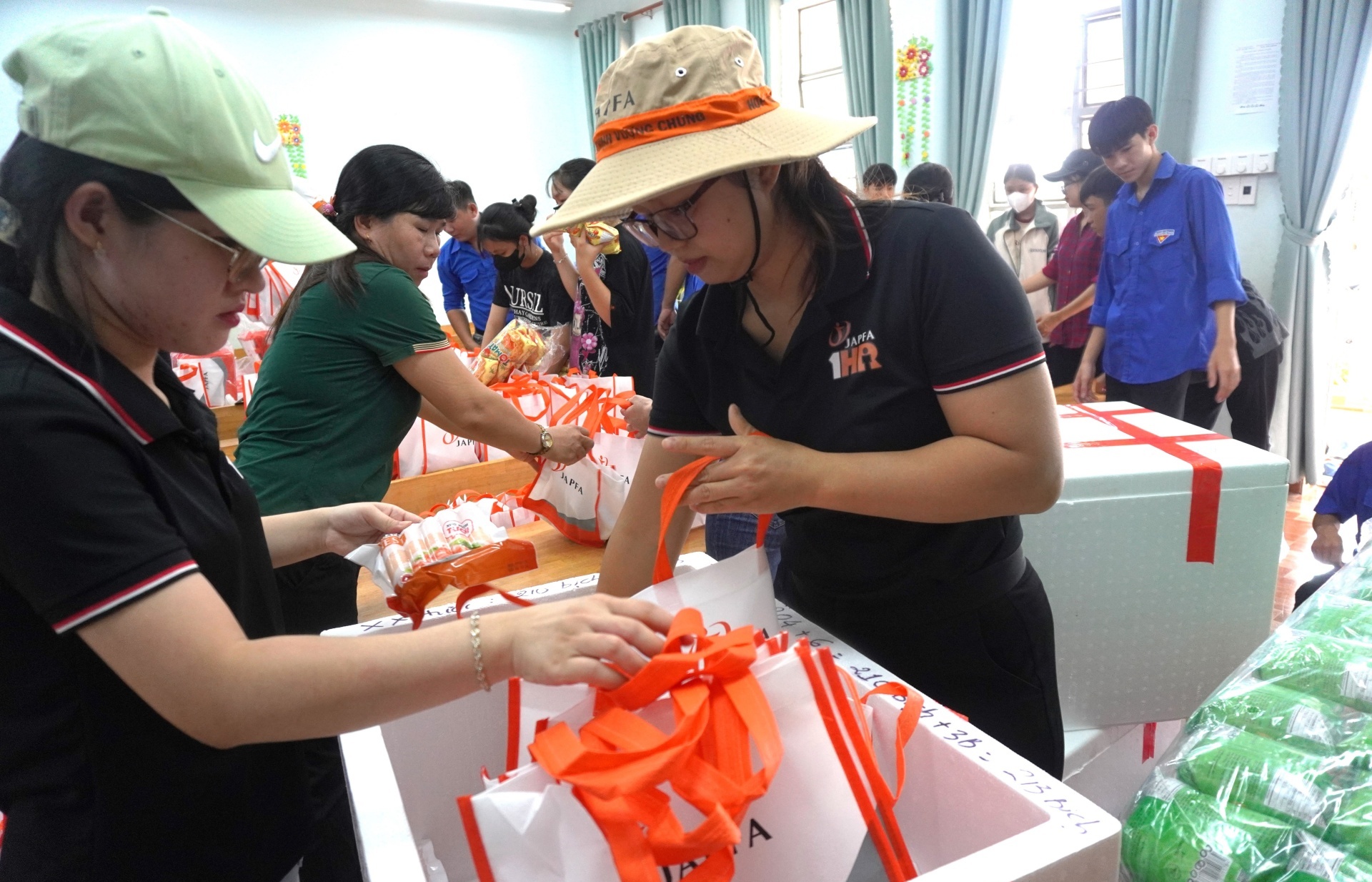
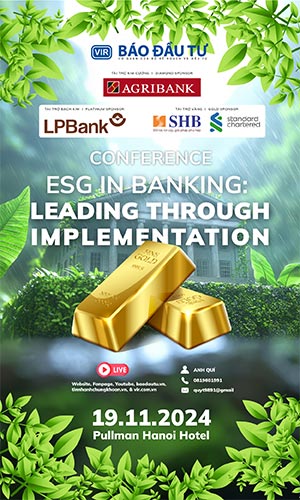



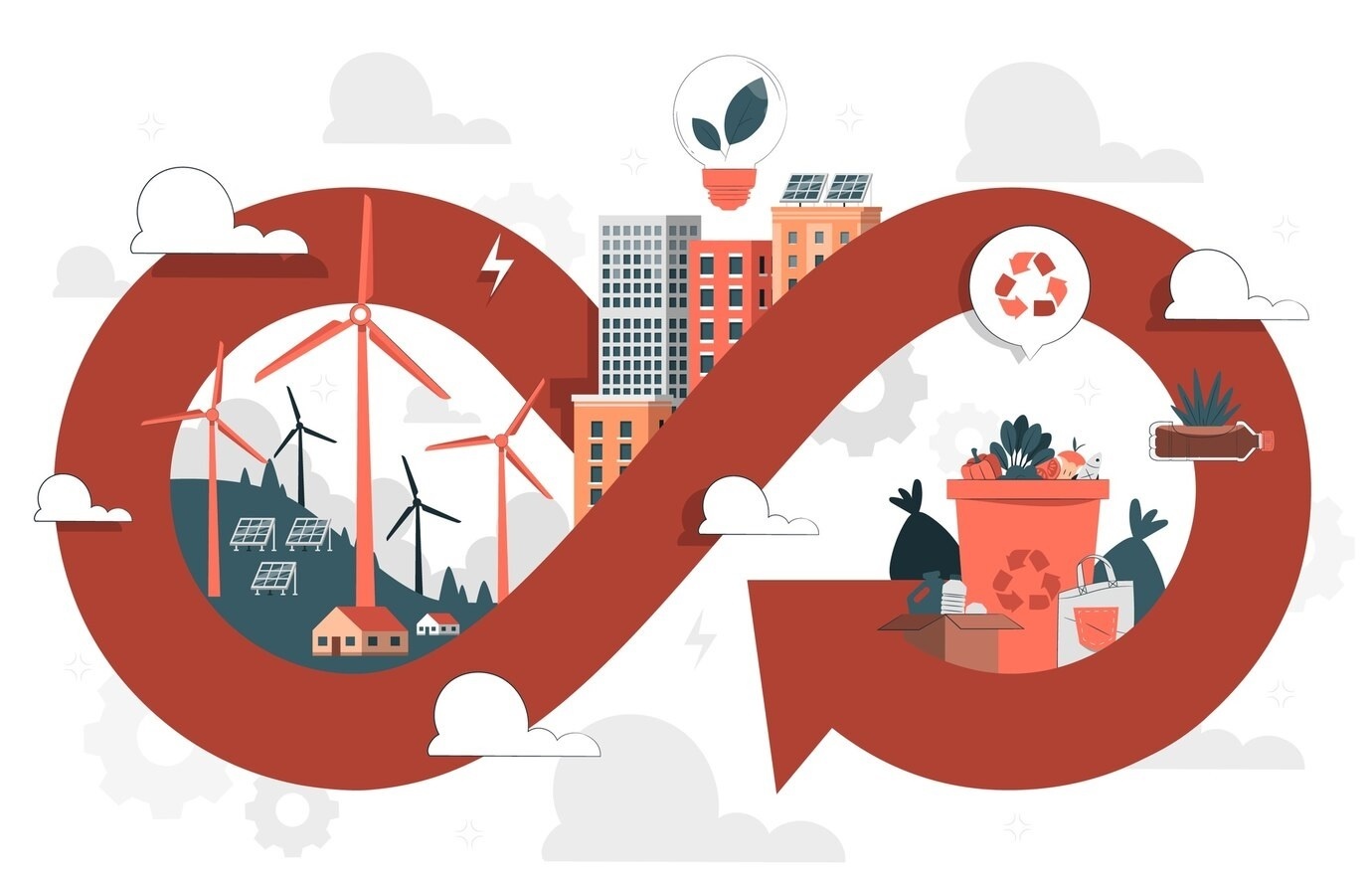
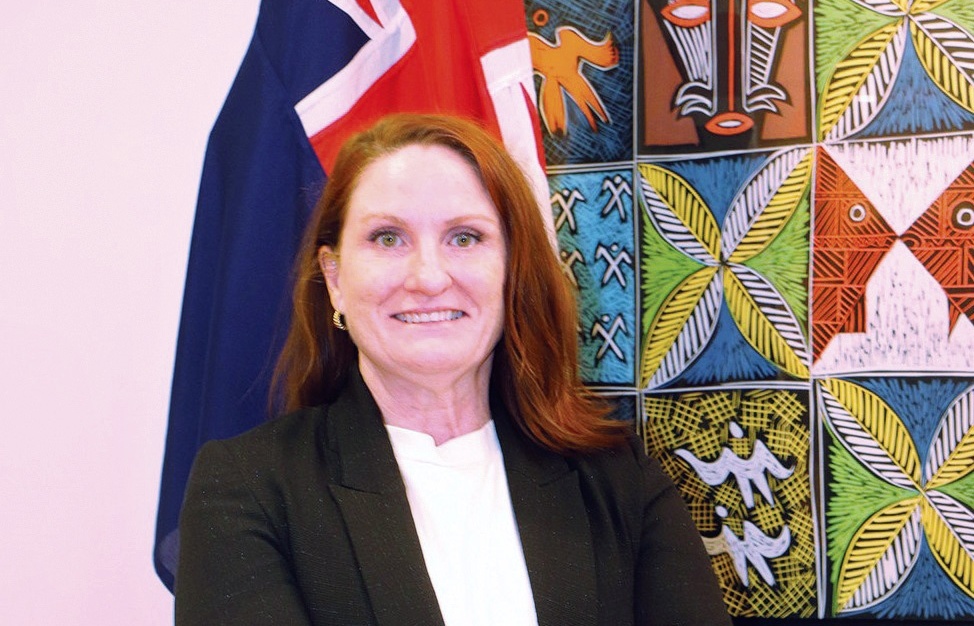





 Mobile Version
Mobile Version